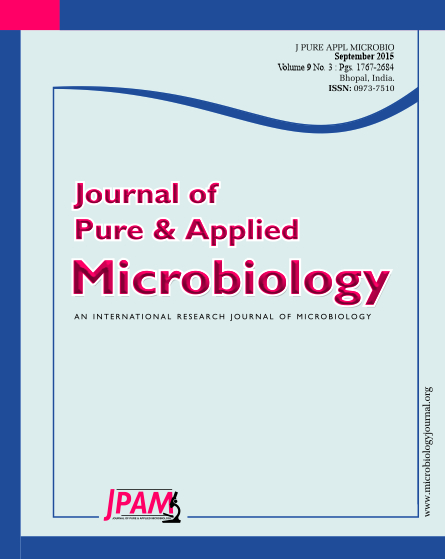We aimed to study the lead-reducing effect of Lycium barbarum formula biotransformed by Rhodopseudomonas palustris (LFBR) comparing to other lead-removing preparations and preliminarily inferred lead-removing mechanism of LFBR. The lead-reducing effect was investigated via tissue distribution level examination based on the method of graphite furnace atomic absorption spectrometer (GFAAS). Results demonstrated LFBR could effectively reduce lead distribution levels of livers, kidneys, thighbones, brains, heart in mice and protect lead-susceptible tissues against lead poisoning in vivo. LFBR also could prevent the reduction of the activity of superoxide dismutase (SOD), glutathione peroxidase (GSH-PX) and reduced glutathione (GSH) in lead-susceptible tissues and indirectly protect these tissues from lead-induced oxidative damage. We found that low LFBR group and high LFBR group exerted the relatively better lead-reducing effect and anti-oxidative damage than mean LFBR group which indicated that the lead removing capacity of LFBR was not based on a linear dose-response manner. In addition, results showed tissue distribution of microelements in mice treated with LFBR had no significant difference with that in mice treated with distilled water. LFBR effectively promoted lead removing and anti-oxidative damage in lead-susceptible tissues of lead-exposed mice but not affected the absorption and distribution of microelements.
Lycium barbarum, Rhodopseudomonas palustris, Lead, Biotransformation, Toxicity
© The Author(s) 2015. Open Access. This article is distributed under the terms of the Creative Commons Attribution 4.0 International License which permits unrestricted use, sharing, distribution, and reproduction in any medium, provided you give appropriate credit to the original author(s) and the source, provide a link to the Creative Commons license, and indicate if changes were made.


